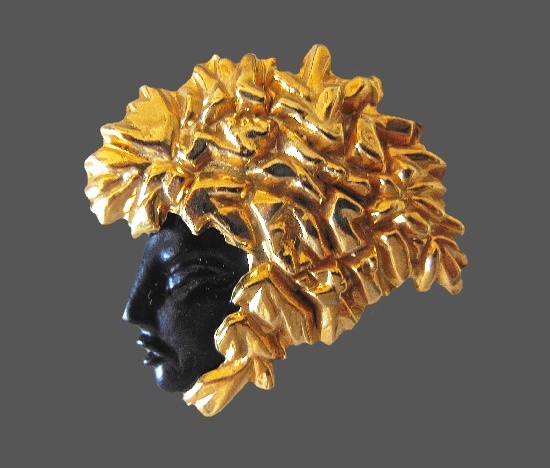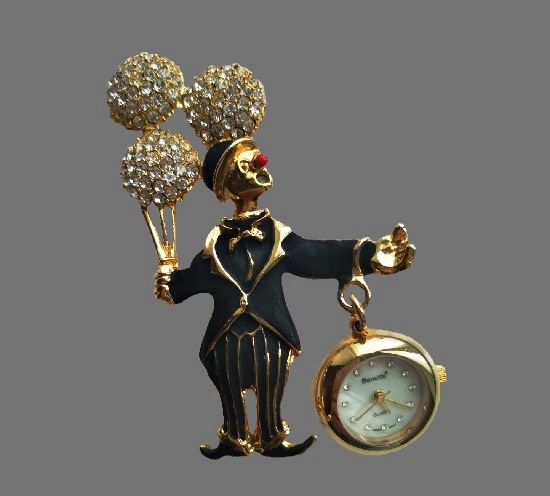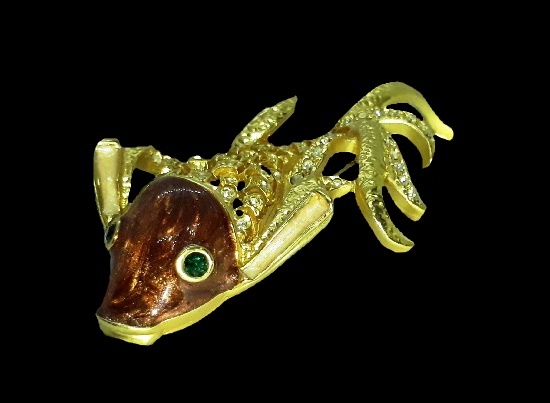Etienne Aigner vintage costume jewelry
Etienne Aigner vintage costume jewelry
Born in Hungarian city of Ersekujvar (now Slovakia), Istvan (fr. Etienne) Aigner (1904-2000) was the founder of Etienne Aigner. Currently they are separate haute couture houses Aigner US and Aigner AG based in New York and Munich, Germany, respectively. Both companies manufacture luxury goods including handbags, shoes, women’s ready-to-wear, wallets and leather accessories.
Initially, Aigner created high quality leather goods for boutiques and high fashion houses in Paris. Then, in the 1950s, after gaining invaluable experience in the fashion houses of Christian Dior and Cristobal Balenciaga, he came to New York to start a career as a designer. Already in 1959, Aigner founded the family business with his wife Suzanne, opening the first showroom in Manhattan, New York. However, ten years later they sold their company.
The history of Aigner brand began in 1965, when Etienne in partnership with Heiner Rankl founded the Aigner company headquartered in Munich. The German Patent Office registered Aigner trademark on 24 August 1966. Passionate about equestrian world, he marked his products with a logo stylized as a horseshoe with the initial A. A universal symbol of luck, the horseshoe logo became iconic, because luck played a big role in Aigner’s life. Jewish designer, Étienne (István) Aigner lived a long creative life, dying in New York at the age of 96.
Noteworthy, Etienne Aigner Inc. began creating watches, eyewear, and costume jewelry in the early 1980s.
The company, founded in 1965, is still active and present in 40 countries. Vintage jewelry marked with a horseshoe with the initial A is highly collectible.
Read more »






